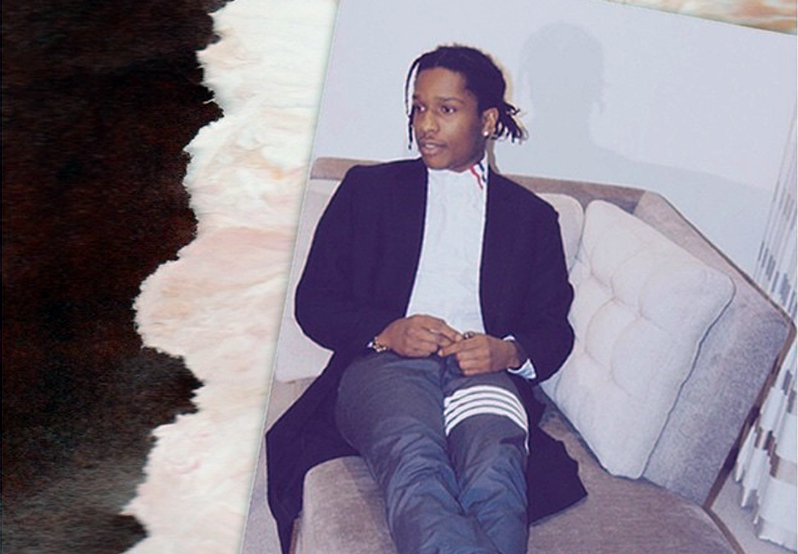
MOST STYLISH
according to compex.com.
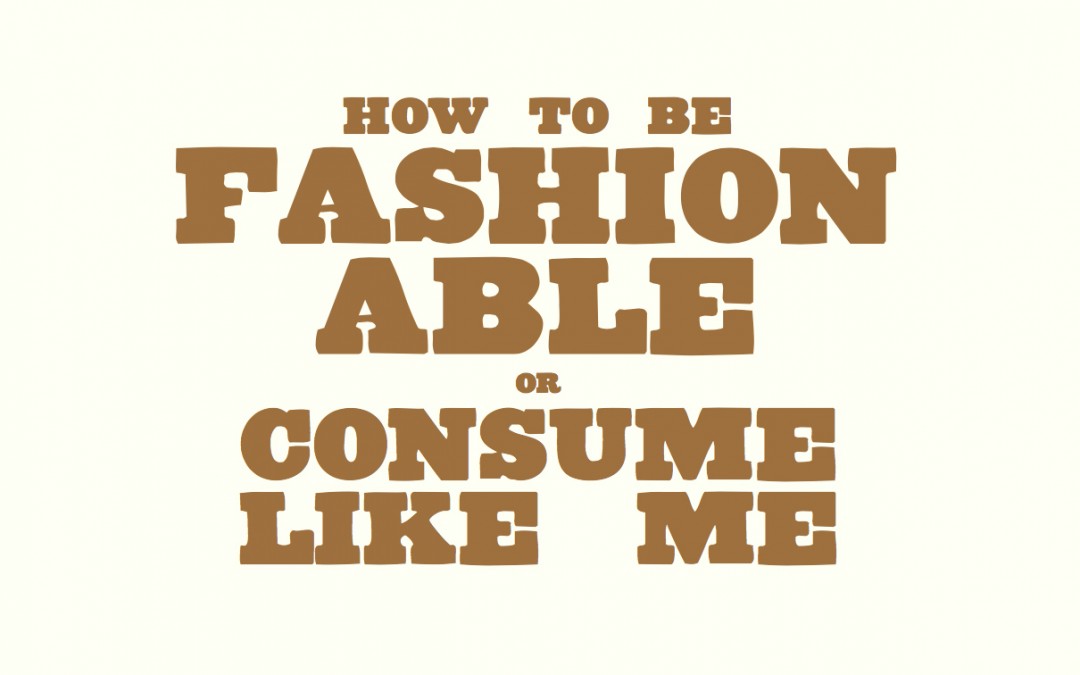
How to be Cool
I came across this booklet, it reminds me of my time in Brooklyn. “How to be Fashionable or Consume like me.” I can still enjoy some recommendations and smile about others. “Wear beat up old clothes with two very expensive small items” or “Fly coach order Champagne”. Written 2003 it has still some relevance, it also addresses your intellectual property. Somebody should write an update, if this is possible. More trends and styles travel at much faster speeds and preferences are much more fragmented. But it would be fun to read a new one. And maybe of different cities to exchange ideas and styles.
View PDF: How to be Fashionable or Consume like Me
How to Be Fashionable or Consume Like Me by Andrew Coulter Enright
If you read this book, you are sure to recognize parts of yourself in its pages. It is sometimes laughably unclear whether you should feel honored or slightly embarrassed at this recognition of self amid the trends. This will continue to be an lasting record of the twenty-something creative scene pre-recession and post 9/11.
From a TIME Magazine article published 9.9.2003:
Andrew Coulter Enright, 24, whose book, How to Be Fashionable or Consume Like Me, captured the ethos of this generation as it exists in the Williamsburg section of Brooklyn, N.Y. “You’re talking about people who have creative pastimes or careers and are interested in fusing lots of different parts of culture together. The Creative Underground doesn’t have the catch to it, but it’s a little more accurate.”
From a NYTimes article published 2.15.2004:
‘How to Be Fashionable or Consume Like Me,” an irony-rich collection of Jenny Holzer-like epigrams for the style-obsessed that include, ”Eat Edamame” and ”Wake up on a stranger’s couch. Later, realize it was an Eames original.”
The Tyntpress, publisher of ”How to be Fashionable,” has a manifesto on its Web site that proclaims its intention to make books by young artists that express ”our view of popular culture,” ”free of the preciousness that attaches itself to projects like Visionaire,” without ”creating fussy little books,” in a ”punk-rock ethos.”
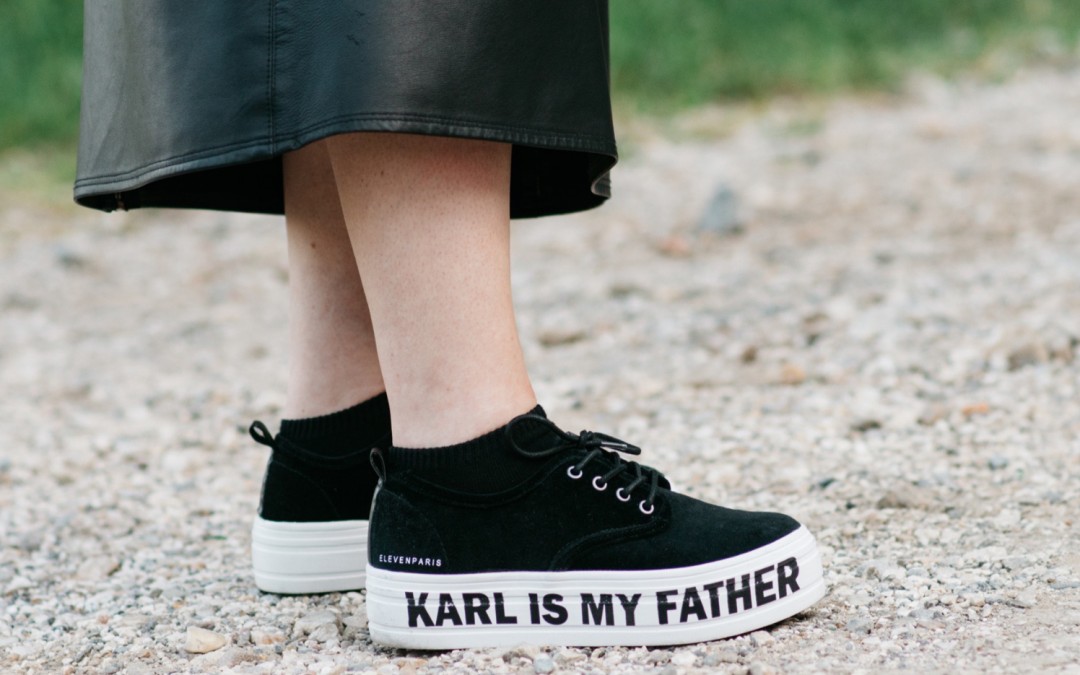
Father Karl
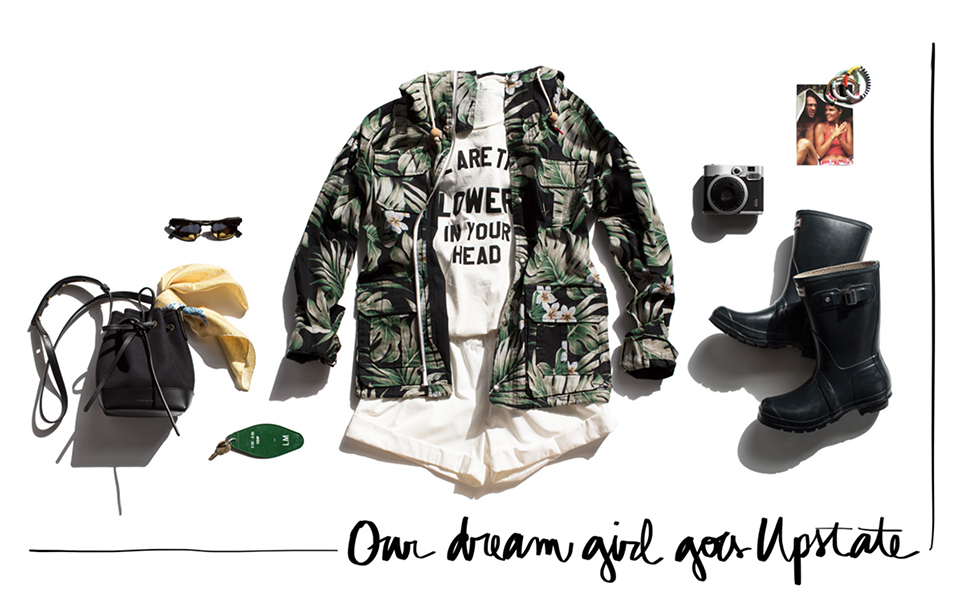
Dream Girls
I love Garance Doré but this time I could’t follow: her Dream Girl goes Upstate New York, eats hot dogs at a camp fire, watches the Blair Witch Project, goes tree hugging and then listens Crosby, Stills, Nash and Young with the boys. Her T-Shirt says: “We are the flowers in your head”. “So cool, right”? Garance is asking, like she is not too sure.
But I like this process and it should be followed much more often:
“I love when designers start talking about an imaginary girl. She’s usually the mix of a movie character, a real woman they have in their life, and a bit of just imagination. In order to design a whole collection, they like to imagine who she is, who are her friends, what movies she goes to and what she eats. They put together a mood board and let their imagination flow. Of course not all designers are like that. But if I was a designer, that’s definitely how I would proceed. It’s literally like creating a character.
The steps are:
She reads? + She eats? + He favorite exercise? + She is listening to? + Her favorite movie? + Her outfit is? + She is carrying? + Her only problem? + Her favorite joke? + Her T-Shirt says?
Maybe we should create an app!
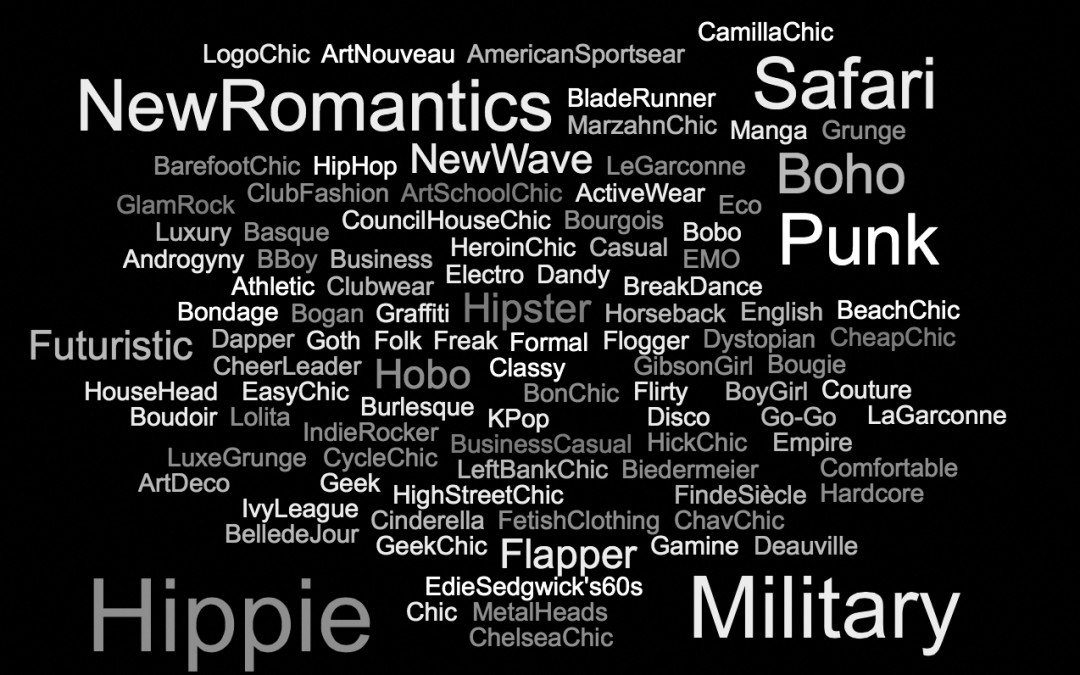
Style Cloud
These are all styles I could come up with. Maybe you canadd more. Fashion is constantly referring to past styles rather then coming up with a leap forward.Everything is a Remix. Originality is mostly rejected and therefore not all to common. I think it shows you know the vocabulary and language then a lack of ideas.
The MoMA exhibition: Contemporary Painting in an Atemporal World explores references in the arts. Style.com: The current state of painting, which the show sets out to explore, mirrors the current state of fashion. In the show’s catalog, curator Laura Hoptman observes, contemporary art-making is “inspired by, refers to, or avails itself of styles, subjects, motifs, materials, strategies, and ideas” already recognizable to us. Fashion and art (and music, for that matter) have become do-over cultures, with designers and painters alike recycling the past (near, distant, and points in between) at such speeds it’s hard to keep up.
